In a world increasingly dominated by the digital realm, it’s no surprise that the design landscape of 2024 is heavily influenced by digital inspiration. Let’s delve into the exciting trends shaping the design scene this year.
Bold Minimalism: Less is More, but Bolder
Minimalism has been a design staple for years, and in 2024, it’s taking a bold leap forward. The trend embraces more pronounced typography and vibrant colors within minimalist designs, injecting a newfound energy and excitement, catching the audience’s eye. Clean lines, ample white space, and purposeful elements define this evolution, allowing designers to communicate messages with precision. Canva reports an astronomical increase in searches for ‘vivid’ and ‘lively’ designs, emphasizing the trend’s popularity and the audience’s appetite for energetic aesthetics.
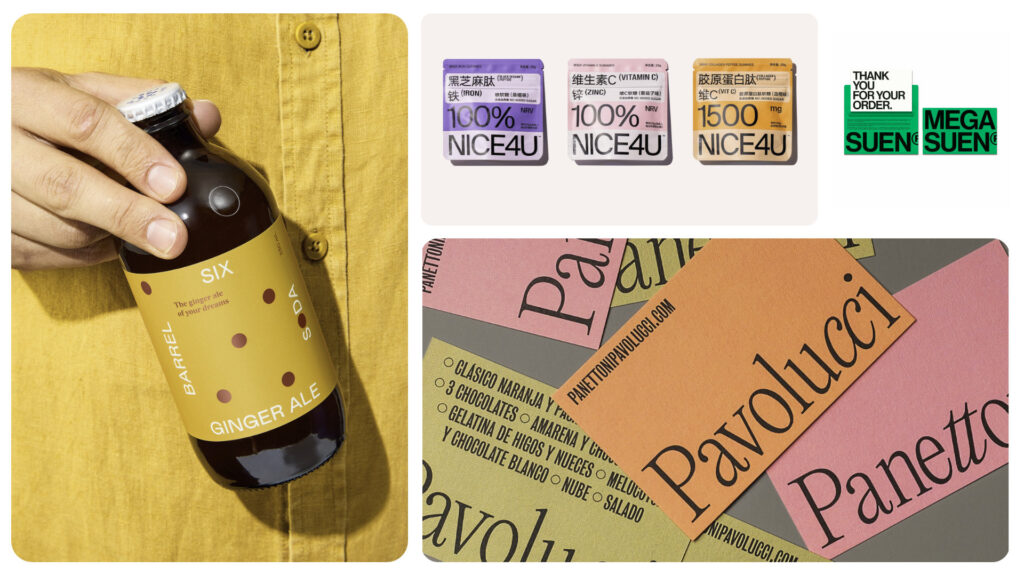
Doodles: Adding a Human Touch
The hand-drawn doodles trend embraces a friendly and approachable image for brands. This style, also known as hand-drawn art, adds a touch of warmth and is memorable to audiences. Doodles are versatile and work well in both print and digital media, allowing designers to create designs ranging from outdoor banners to social media graphics.
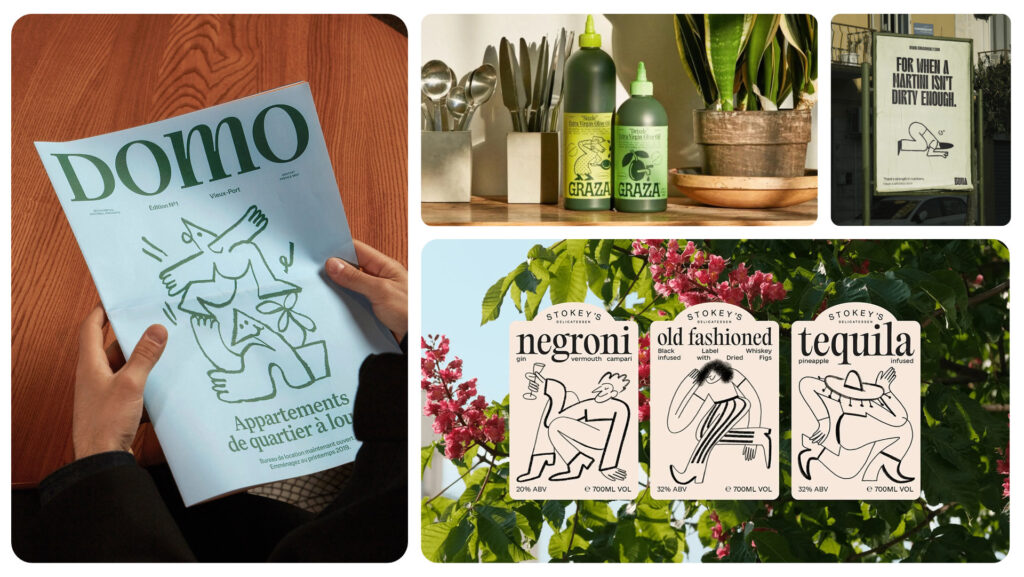
Abstract Gradients: Creating Depth
Gradients continue their reign in UI/UX design in 2024, getting their way into other physical materials. Complex and animated gradients introduce depth and sophistication, creating visually engaging backdrops for content. The psychology of color comes into play here, as gradients can evoke specific emotions or convey brand messages effectively. Expect to see gradients used in packaging, backgrounds, posters, cards, invitations, and more. This trend adds a touch of modernity and sophistication to any design.

Grids & Visible Borders: A Bold Exploration
In the world of design grids, order and readability are essential. While designers have often strived to break free from the grid and make it non-noticeable, 2024 brings about a change. Visible grids and borders between sections are becoming more prominent and celebrated. This bold exploration in design grids adds structure and visual interest to compositions, capturing the viewer’s attention.
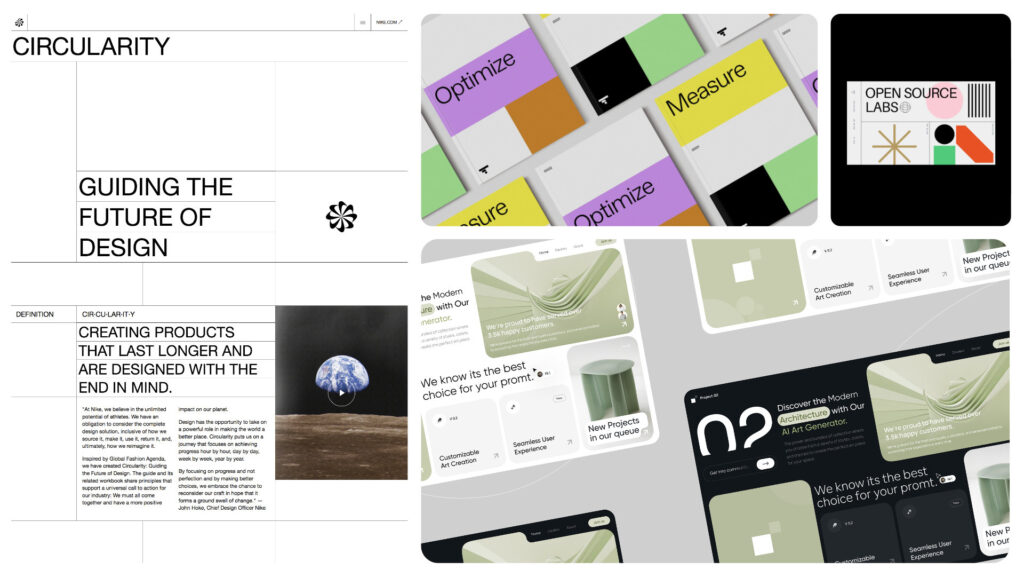
Pixels Rediscovered: A Nostalgic Modernity
What was once associated with retro video games now adds a unique blend of nostalgia and modernity to various design mediums such as web design, animation, illustration, and branding. Designers are scaling up the use of pixels, resulting in pleasantly surprising aesthetics.
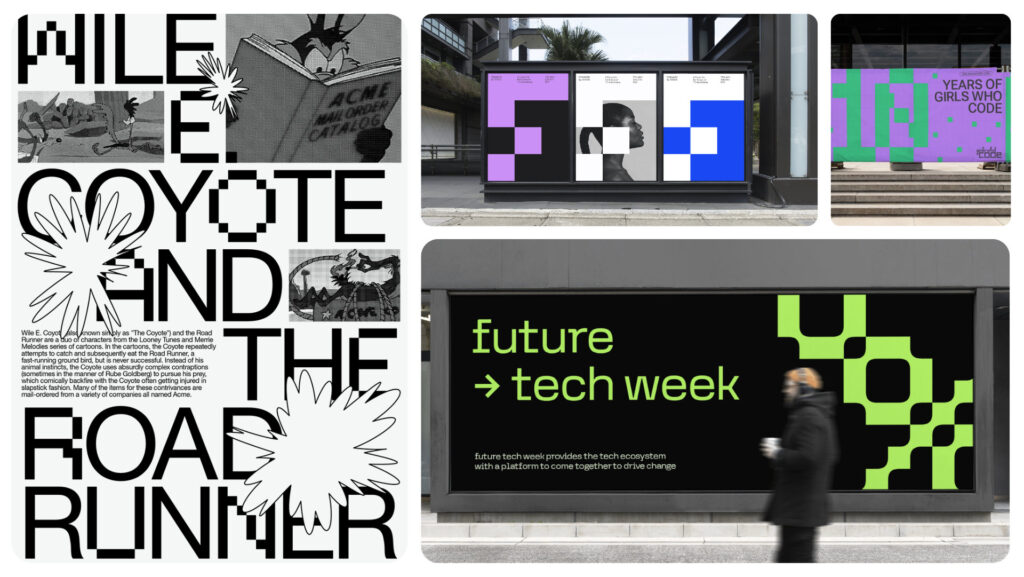
Utilitarian Packaging: Eco-conscious Designs
Packaging design is evolving towards cleaner, earthy designs that highlight recycled materials and eco-conscious color palettes. Brands are using packaging as a means to engage conscious consumers and weave visual narratives. This trend showcases a society that seeks to unite aesthetics and ethics harmoniously. Moreover, brands are also focusing on more sustainable and functional ways to reuse and prolong the life of packaging, making them more environmentally friendly.
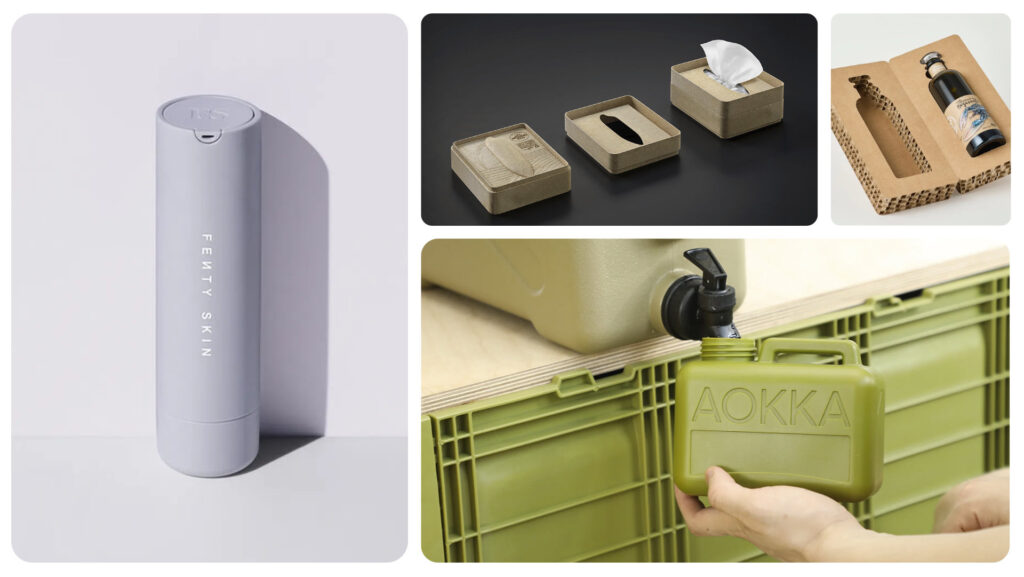
Retro-Inspired Designs – Nostalgia Takes Over
Contrary to the digital wave, vintage-inspired designs are making a strong comeback. Retro mascots, typography, and the use of vintage-inspired photos with a modern twist are creating a sense of nostalgia and longing for simpler times. Many brands are tapping into this trend to evoke emotions and create connections with audiences longing for an escape from the fast-paced digital world.
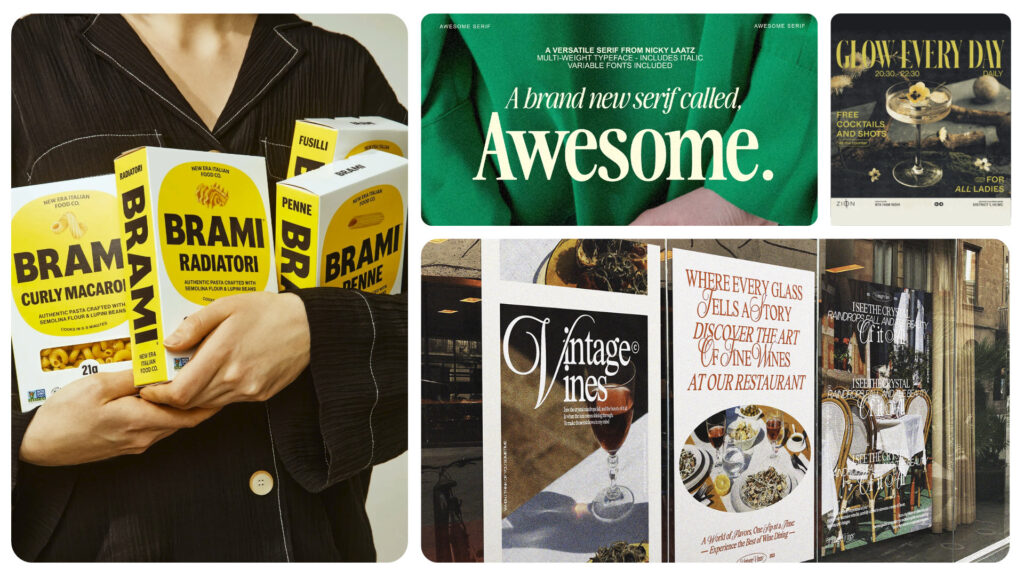
3D Design and Augmented Reality (AR): Bridging Realities
Augmented Reality (AR) is revolutionizing the way users interact with design in 2024. From AR-powered product visualizations to interactive advertisements, designers are creating immersive experiences that blend the digital and physical worlds seamlessly. 3D elements and augmented reality bring a new dimension to design, captivating audiences on social media and beyond.
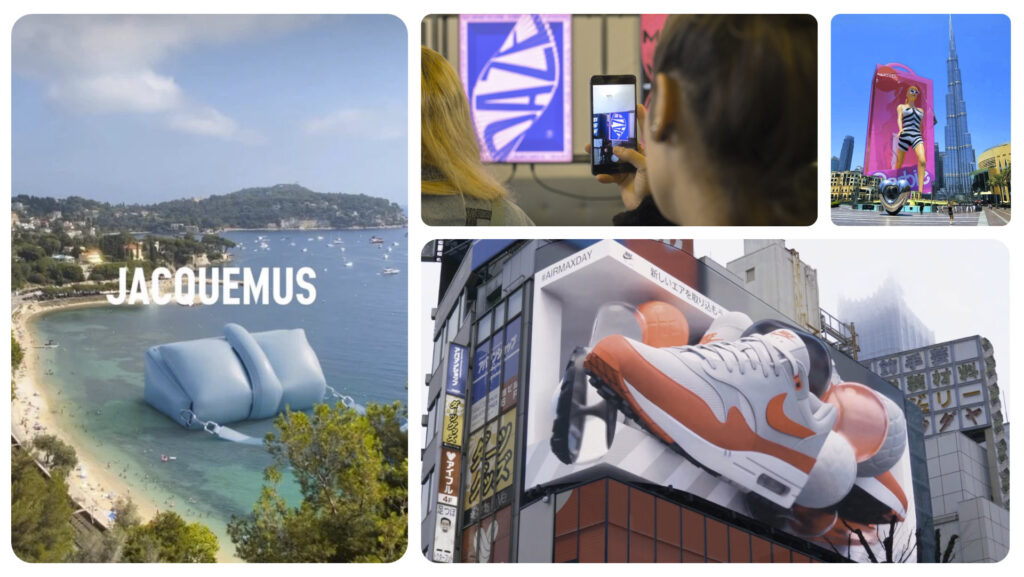
AI in Design: A Revolution Unfolding
Artificial Intelligence (AI) is revolutionizing the design process. Design tools like Photoshop, Illustrator, and Figma are incorporating AI to speed up workflows, experiment with new trends, and automate tedious tasks such as image resizing and data sorting. Beyond being a trend, AI in design is a creative revolution, blending technology and creativity in unprecedented ways.
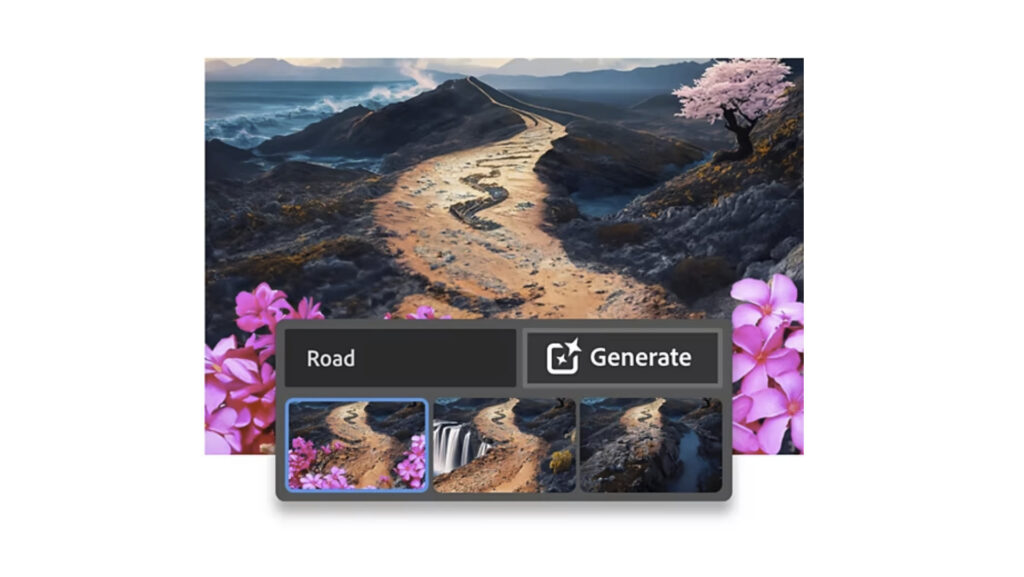
As designers, it’s essential to stay open to new trends and embrace the ever-changing design landscape. Explore these trends, experiment, and find ways to incorporate them into your own work. Remember, design trends are not rigid rules but sources of inspiration that allow you to express your creativity and captivate your audience. So go forth and create designs that make a lasting impact in 2024 and beyond!




